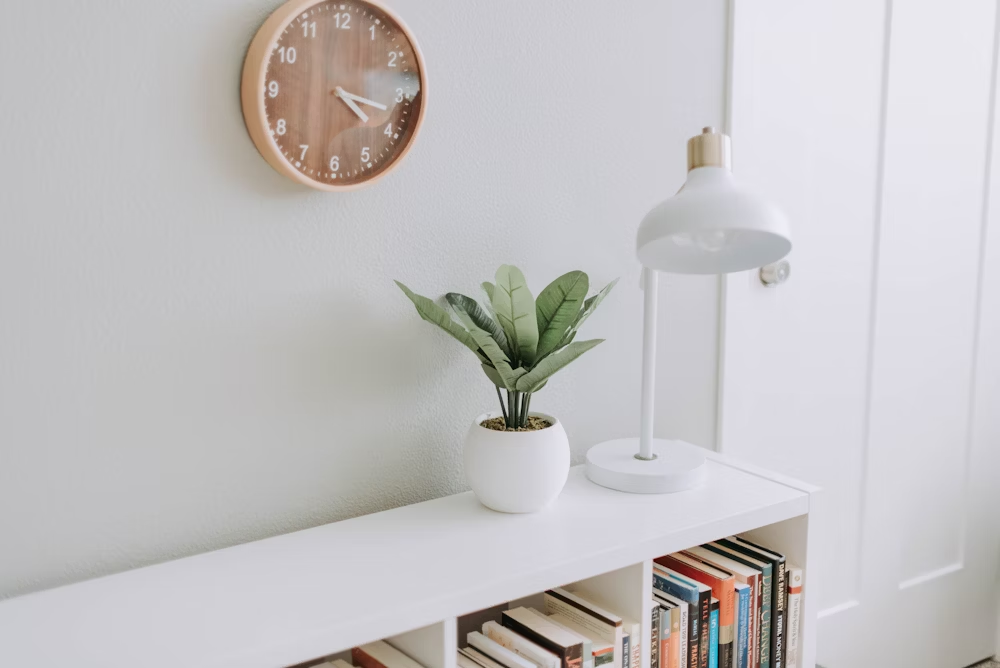Meditation. It’s a word that can sound intimidating, conjuring images of monks sitting in silence for hours on end. You might think, “I can’t clear my mind,” or “I don’t have time for that.” But what if meditation wasn’t about stopping your thoughts, but simply learning to observe them without judgment?
Starting a meditation practice is one of the most powerful yet simple gifts you can give yourself. It’s not about achieving a state of eternal bliss; it’s about training your attention and creating a tiny pocket of peace in your busy day. This beginner’s guide will demystify the process and give you the tools to start today.
What Meditation Is (And What It Isn’t)
Let’s clear up the biggest misconceptions right away:
-
It is NOT: About emptying your mind or stopping your thoughts. Your brain is designed to think—that’s its job!
-
It is NOT: A religious practice. While it has roots in various traditions, modern mindfulness meditation is a secular practice for mental training.
-
It IS: The practice of paying attention to the present moment on purpose.
-
It IS: Noticing when your mind has wandered (which it will, constantly!) and gently bringing it back. That act of noticing and returning is the practice.
Why Bother? The Benefits Are Real
You don’t have to take a monk’s word for it. Science backs up the benefits of a consistent practice:
-
Reduces Stress & Anxiety: It lowers cortisol levels and helps manage the body’s response to stress.
-
Improves Focus: It’s like weightlifting for your attention muscle.
-
Increases Self-Awareness: You begin to notice your thought patterns without immediately reacting to them.
-
Enhances Emotional Health: It can lead to a more positive outlook on life.
How to Start Meditating: A Simple 5-Step Guide
You need no special equipment, just a few minutes and a willingness to try.
Step 1: Find a Spot and a Posture
You don’t need a special cushion. Sit on a chair, on your floor, or even on your bed. The key is to keep your back relatively straight so you can breathe comfortably. You can lie down, but be warned—you might fall asleep!
Step 2: Set a Time Limit
Start incredibly small. Just 3-5 minutes. Yes, really! This makes the practice feel achievable and prevents frustration. You can use a gentle timer on your phone.
Step 3: Notice Your Body
Close your eyes or soften your gaze. Take a few deep breaths. Notice the points of contact between your body and the chair or floor. Feel the weight of your arms and hands. Just check in with your physical sensations.
Step 4: Focus on Your Breath
Bring your attention to your natural breath. Don’t try to force it or change it. Just feel the sensation of the air moving in and out of your body. Notice the rise and fall of your chest or belly. This is your “anchor” to the present moment.
Step 5: Gently Return (This is the Most Important Step)
Your mind will wander. You’ll start thinking about your grocery list, a work problem, or what you’ll have for lunch. This is not failure. This is the entire point of the practice.
The moment you realize your mind has wandered, gently and kindly guide your attention back to your breath. Don’t get mad at yourself. Acknowledge the thought (“Ah, there’s planning”), and let it go.
You might do this two times or two hundred times in three minutes. It doesn’t matter. Each return is a rep for your brain.
3 Common Beginner Challenges (& How to Beat Them)
-
“I Can’t Stop Thinking!”
-
Solution: Reframe your goal. You’re not trying to stop thoughts; you’re practicing not getting lost in them. Every time you notice you’re thinking and return to your breath, you’ve just had a successful meditation moment.
-
-
“I Don’t Have Time.”
-
Solution: Everyone has 3 minutes. Link it to an existing habit. Meditate right after you brush your teeth in the morning or right before you get into bed at night. Habit stacking makes it stick.
-
-
“It Feels Weird/Boring.”
-
Solution: It might feel strange at first because you’re not used to being still. Acknowledge the feeling of “boredom” or “weirdness” as just another sensation, and return to your breath. It gets more comfortable with practice.
-
Helpful Tools for Beginners
-
Guided Meditations: These are fantastic for beginners. An app will talk you through the entire process. Try Insight Timer (which has a huge free library), Calm, or Headspace.
-
A Meditation Timer App: Apps like “Insight Timer” allow you to set intervals with gentle bells, so you don’t have to keep checking the clock.
The One Thing to Remember
Your meditation practice is yours alone. There is no “good” or “bad” meditation. The only bad meditation is the one you didn’t do. Some days your mind will be calm; other days it will be a whirlwind. Both are perfect.
Commit to just 3 minutes a day for one week. You might just discover a sense of calm you never knew was available to you, right there in the middle of your busy life.
What’s the biggest thing holding you back from trying meditation? Is it time, focus, or something else? Share below—let’s troubleshoot together!

